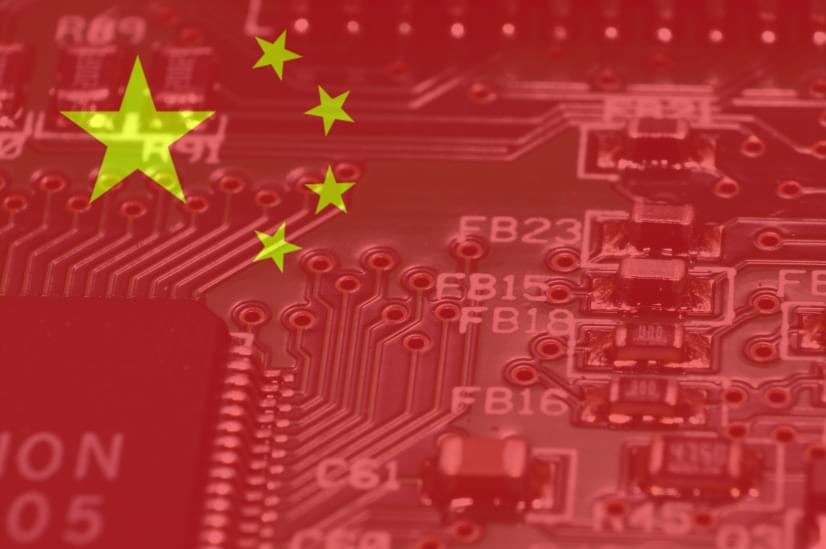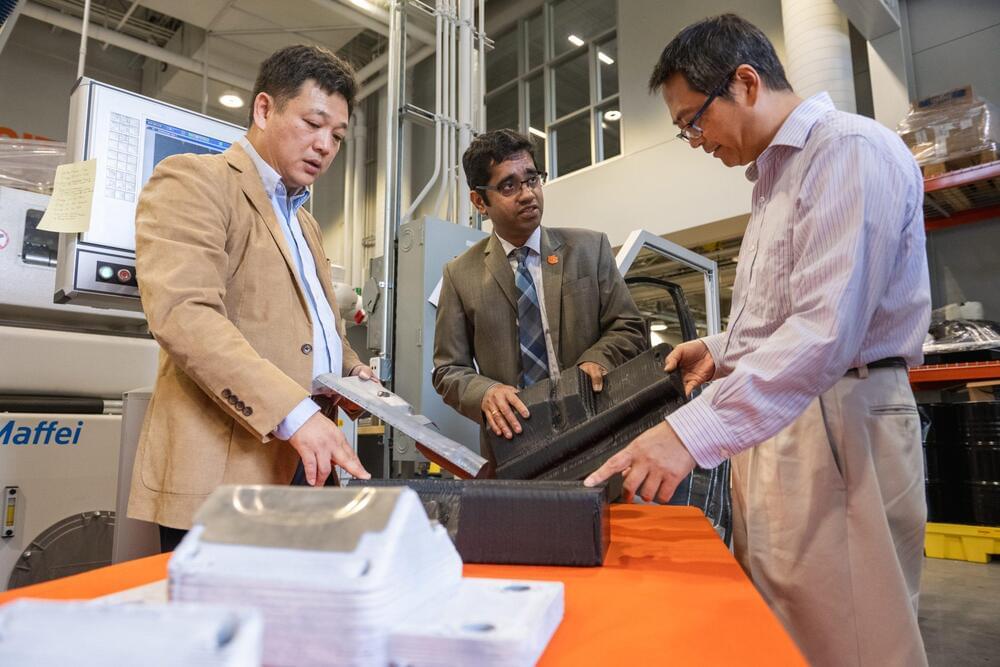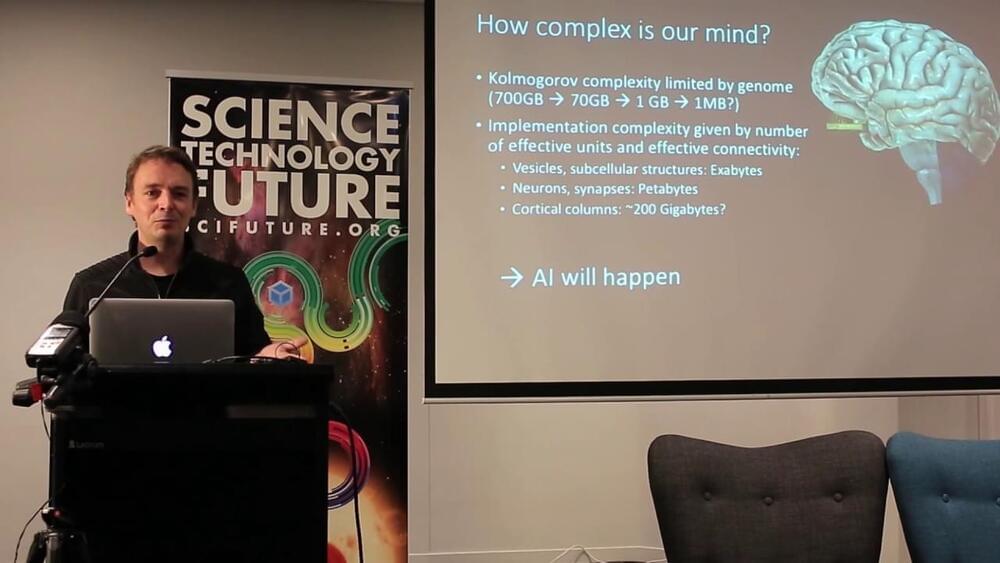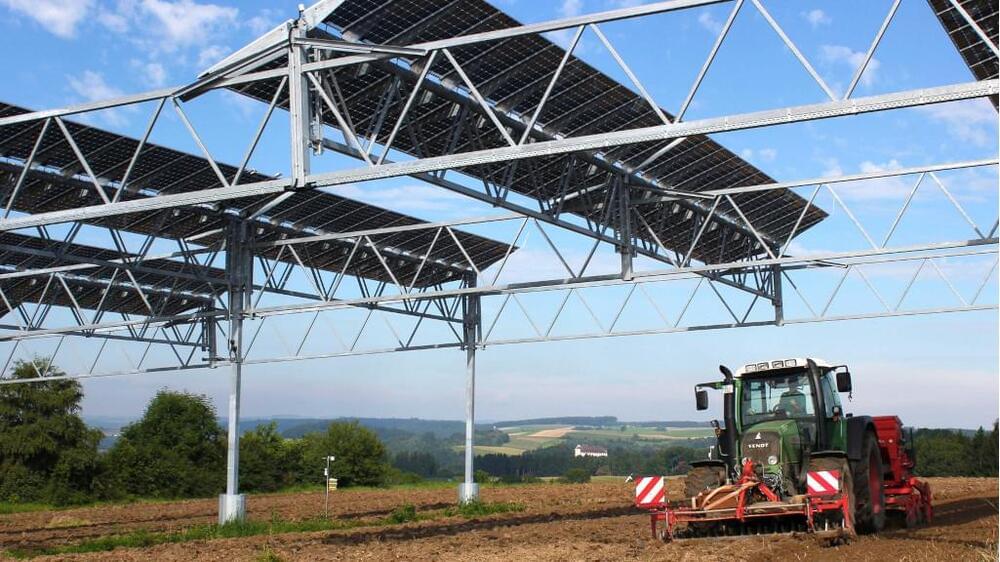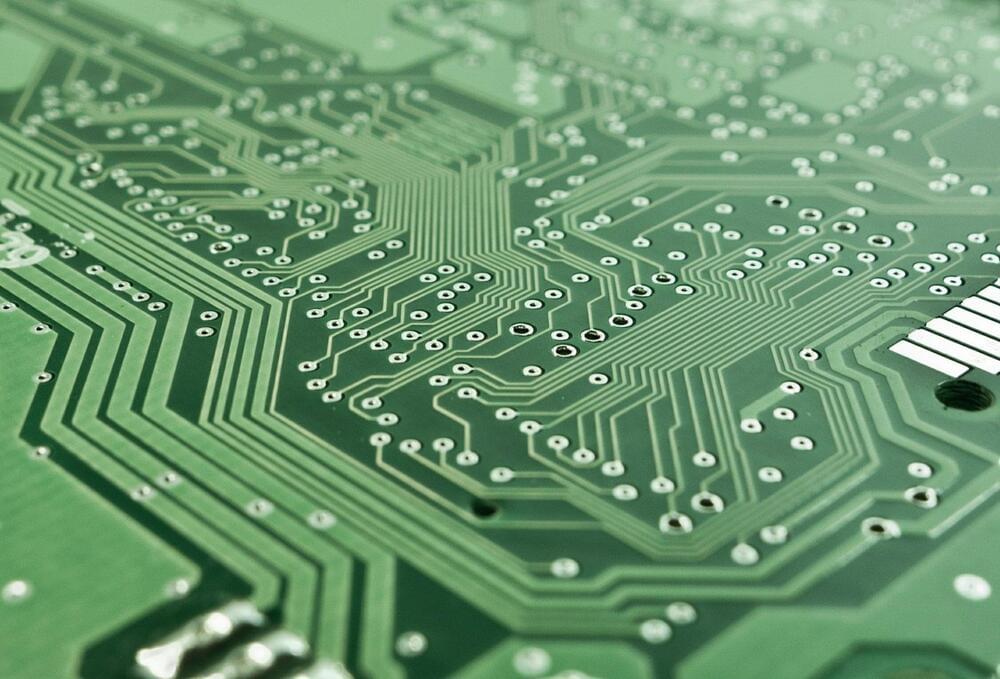Sep 14, 2022
Losing to China in AI, Emerging Tech Will Cost U.S. Trillions, Threaten Security, Says Panel
Posted by Dan Kummer in categories: biological, economics, government, military, robotics/AI, surveillance
😲
A grim future awaits the United States if it loses the competition with China on developing key technologies like artificial intelligence in the near future, the authors of a special government-backed study told reporters on Monday.
If China wins the technological competition, it can use its advancements in artificial intelligence and biological technology to enhance its own country’s economy, military and society to the determent of others, said Bob Work, former deputy defense secretary and co-chair of the Special Competitive Studies Project, which examined international artificial intelligence and technological competition. Work is the chair of the U.S. Naval Institute Board of Directors.
